As the number of electric vehicles (EVs) grows, their batteries can be used to add support the grid, also called vehicle-to-everything (V2X).
A bidirectional EV fleet can serve as both clean transportation as well as an energy storage asset that sends power back to everything, from critical loads and homes, to the grid. A bidirectional fleet could also create new revenue opportunities for EV and fleet owners.
The International Energy Agency (IEA) conservatively estimates that 130 million EVs will be on the road globally by 2030. Bidirectional plug-in electric vehicles offer an opportunity to support the grid, enhancing security, resilience and economic vitality, according to the Wood Mac report, Power from the people: the state of the vehicle-to-everything (V2X) market. The report notes, however, that business models are still developing and will be shaped by the high upfront costs of V2X infrastructure.
An early successful use case can be seen in fleets of electric school buses. The significant downtime of buses combined with reliable duty cycles and large batteries promotes their use in V2X.
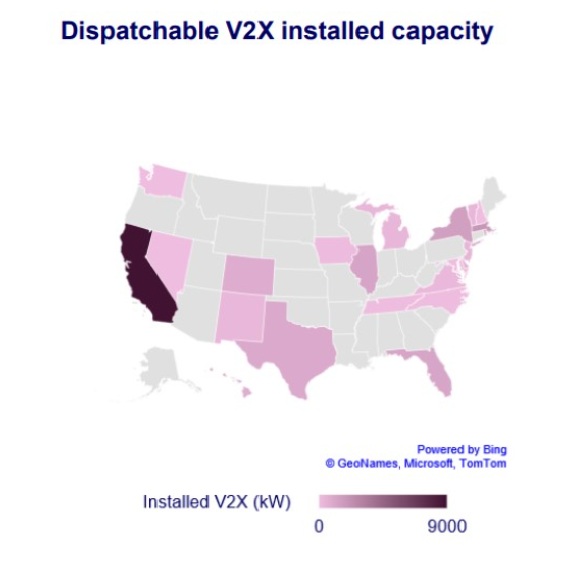
A growing number of states are enacting policies that support the deployment of electric school buses. In New York, for example, Gov. Kathy Hochul recently announced that an additional $200 million is being made available to school districts and bus operators for zero-emission school buses through the New York School Bus Incentive Program, which provides support for the purchase of electric buses, charging infrastructure, fleet electrification planning and utility coordination.
Utility challenge
The Wood Mac report points out that one challenge to V2X is the interconnection process that utilities use for bidirectional chargers. “There are several projects where bidirectional chargers have been installed ahead of an export interconnection agreement, with the hope that once utilities recognize the benefits the infrastructure will be ready.”
A panel at Intersolar & Energy Storage in February affirmed that EVs can be valuable grid assets for customers and utilities alike. Alison Cumming, the director of V2X and grid services at PowerFlex, said she’s excited by how EVs are turning into “batteries on wheels.”
Until recently the main use for bidirectional EVs in the United States is as a backup generator, according to Wood Mac. Some automakers, for example, have teamed with solar companies to provide an EV-to home connection. The Wood Mac report sees this functionality as useful in hurricane-prone regions of the U.S., but says it “ignores the full potential V2H can provide.”
AC versus DC bidirectionality
Another challenge for V2X adoption is the use of AC versus DC charging. The report notes that AC charging infrastructure is less costly than for DC, but that DC has dominated pilot activity to date. Wood Mac points out that there are issues with connecting AC chargers to the grid “as the conversion from AC to DC occurs in the vehicle, making certification with grid codes difficult for utilities.”
The report contends that while DC V2X interconnection can be treated similarly to solar (as the conversion takes place in the electric vehicle supply equipment), Wood Mac sees this as an “an imperfect workaround.” EVs are advancing, however, with many 2025 EVs having vehicle-to-load as a feature, often considered a precursor to AC V2X.
Overall, Wood Mac sees 2025 as a turning point with V2X, although many challenges must be overcome before mass adoption.
This content is protected by copyright and may not be reused. If you want to cooperate with us and would like to reuse some of our content, please contact: editors@pv-magazine.com.
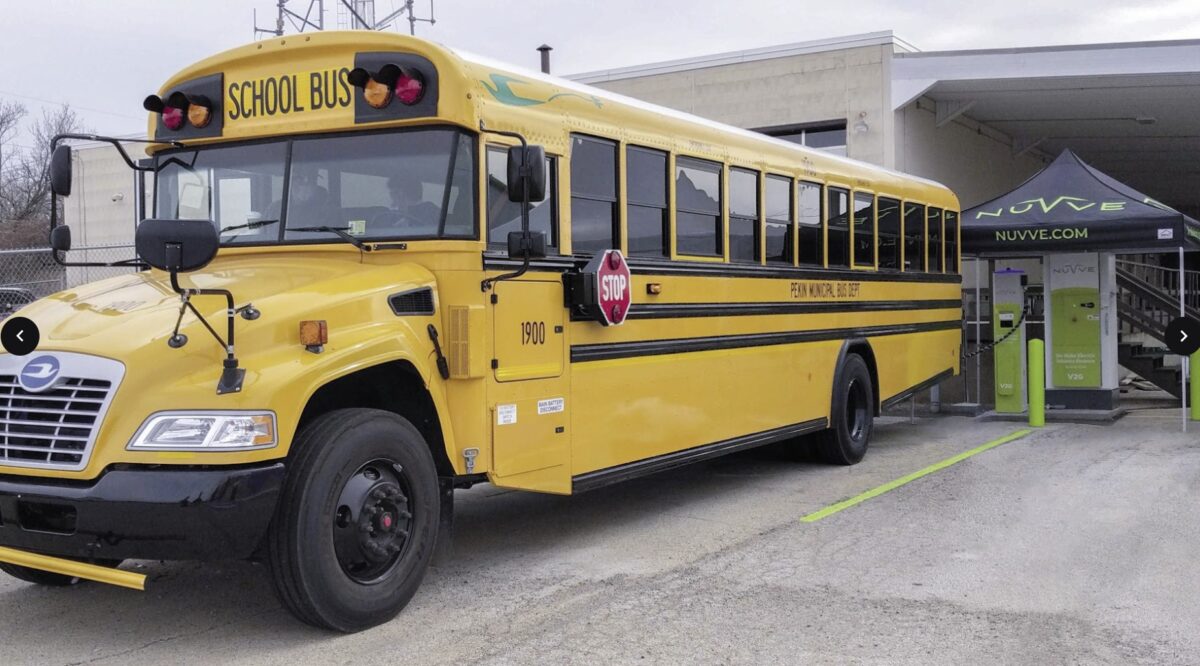




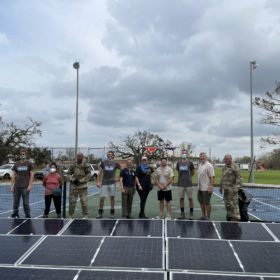
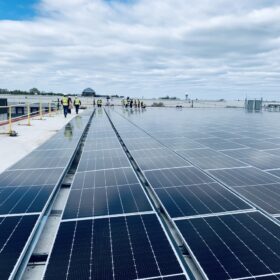
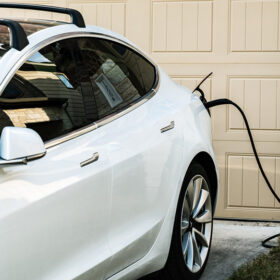
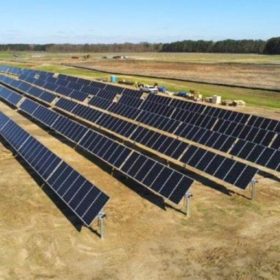
By submitting this form you agree to pv magazine using your data for the purposes of publishing your comment.
Your personal data will only be disclosed or otherwise transmitted to third parties for the purposes of spam filtering or if this is necessary for technical maintenance of the website. Any other transfer to third parties will not take place unless this is justified on the basis of applicable data protection regulations or if pv magazine is legally obliged to do so.
You may revoke this consent at any time with effect for the future, in which case your personal data will be deleted immediately. Otherwise, your data will be deleted if pv magazine has processed your request or the purpose of data storage is fulfilled.
Further information on data privacy can be found in our Data Protection Policy.